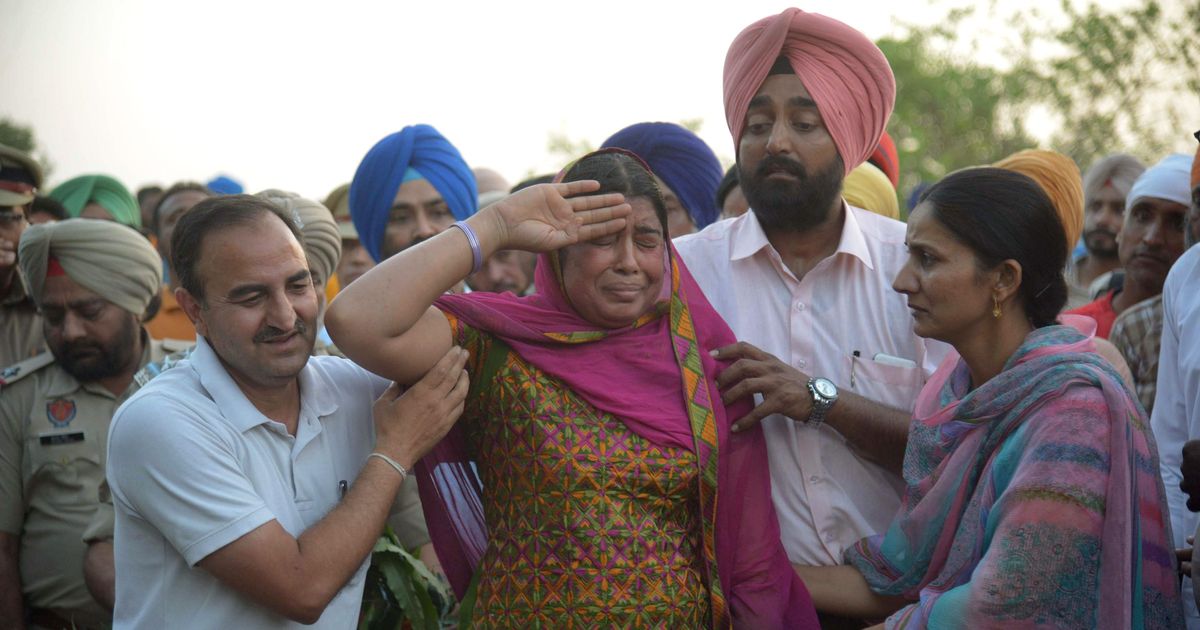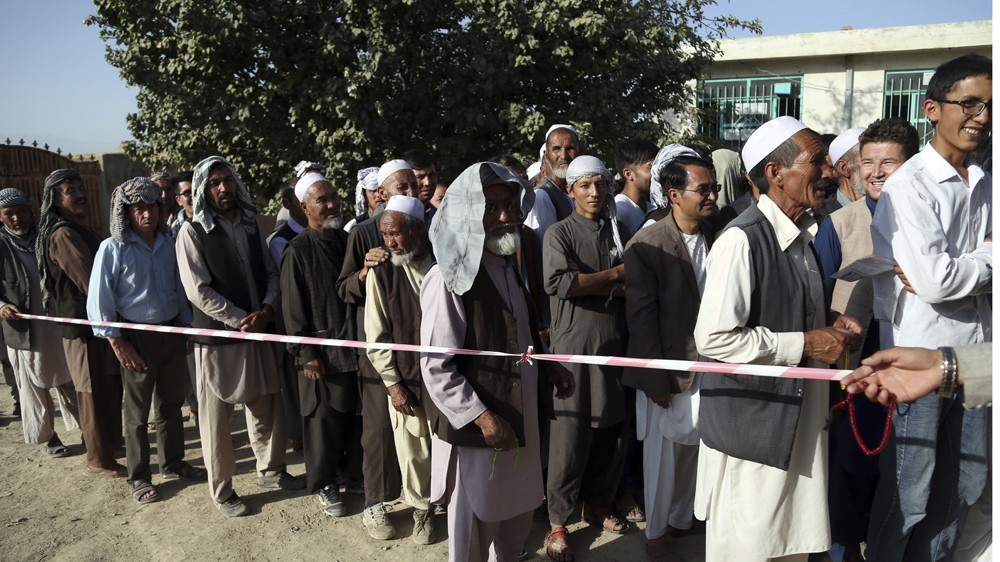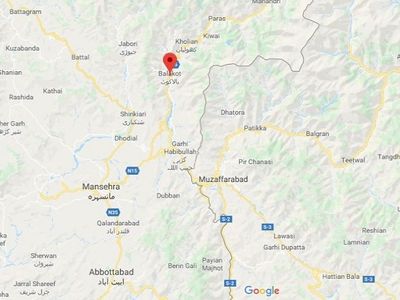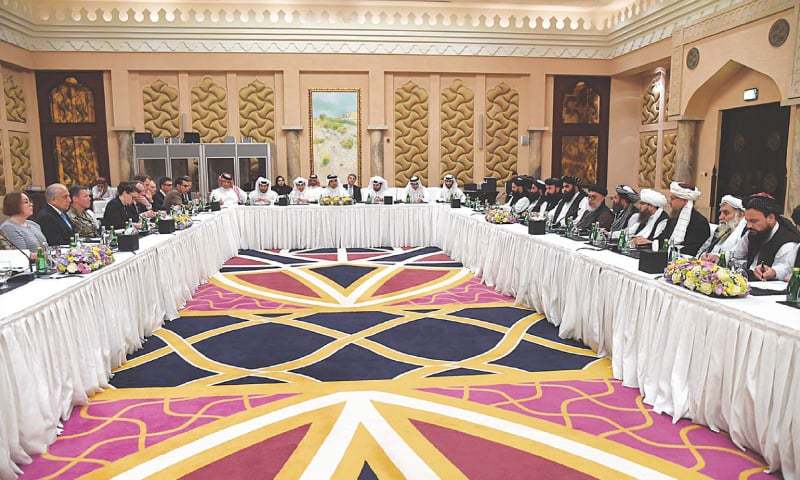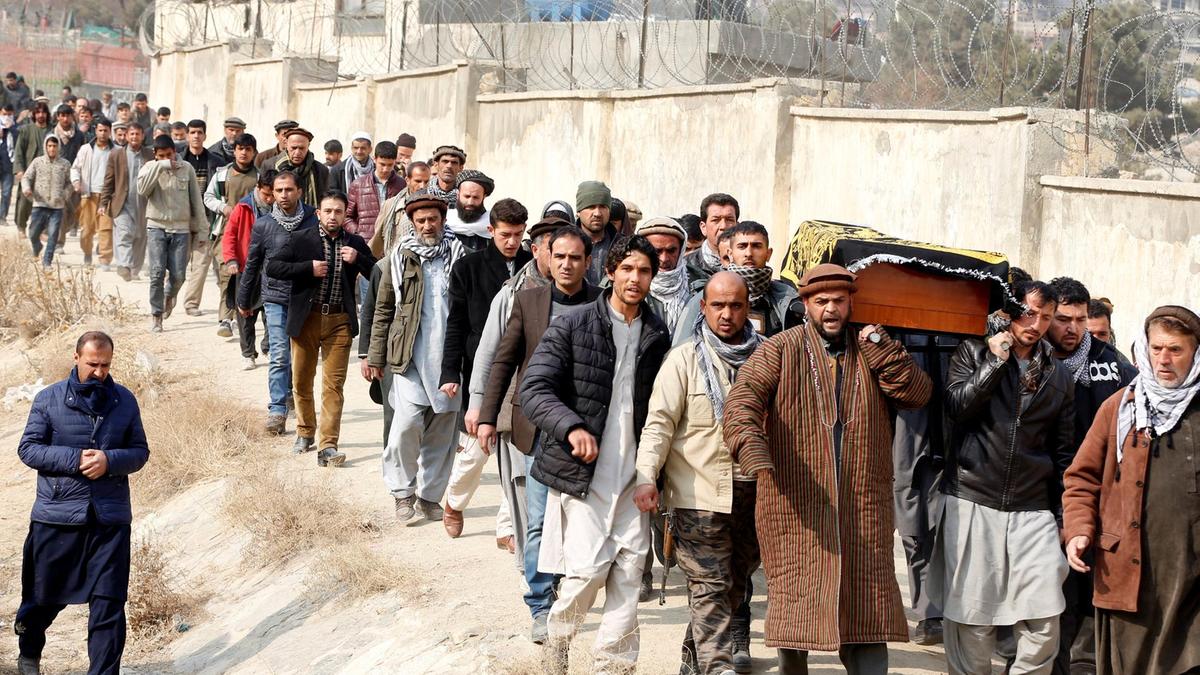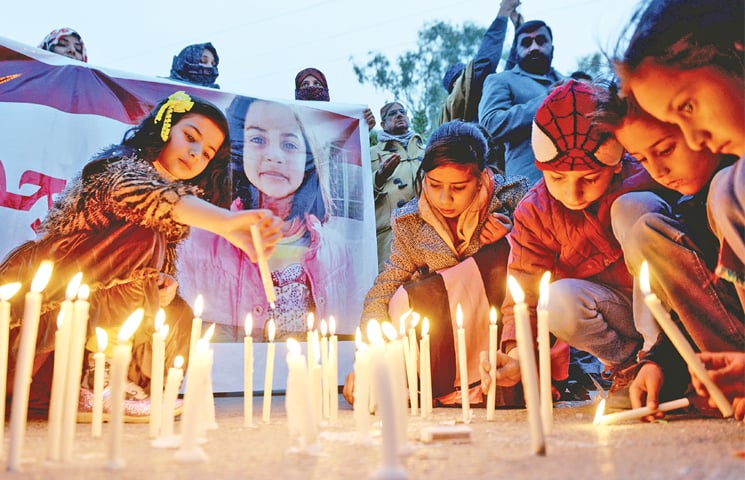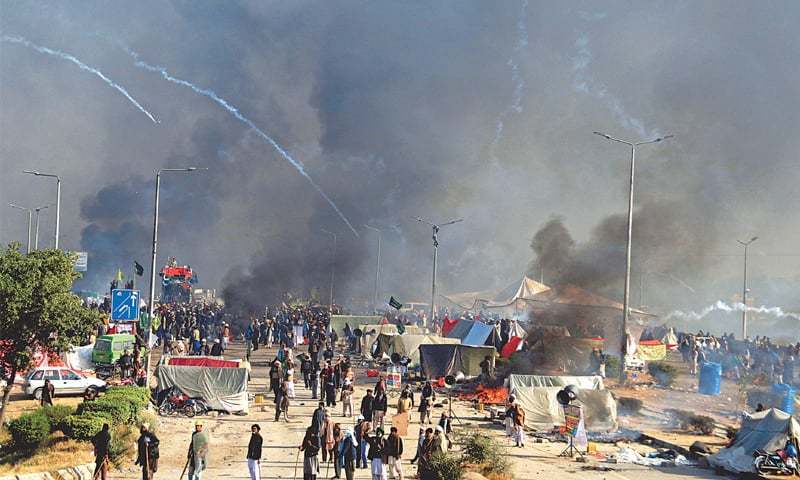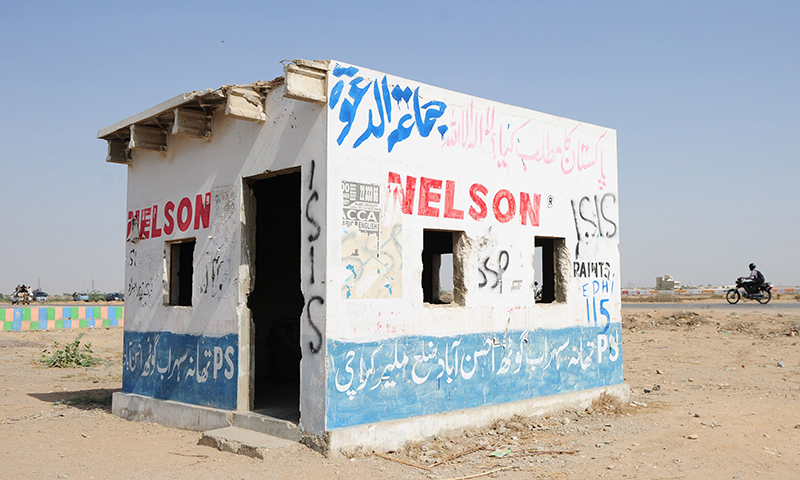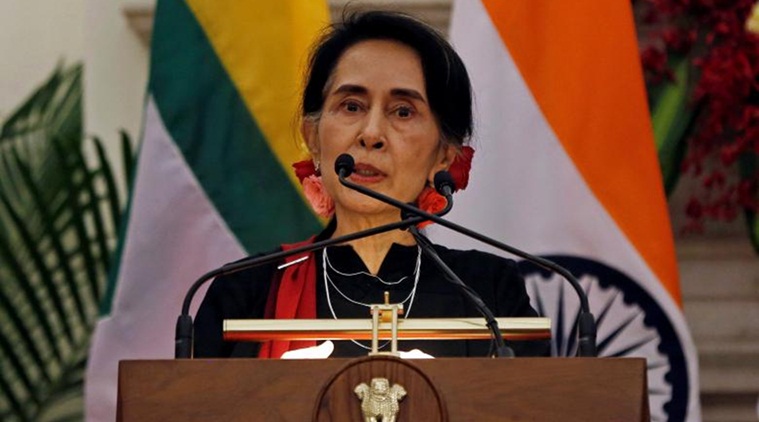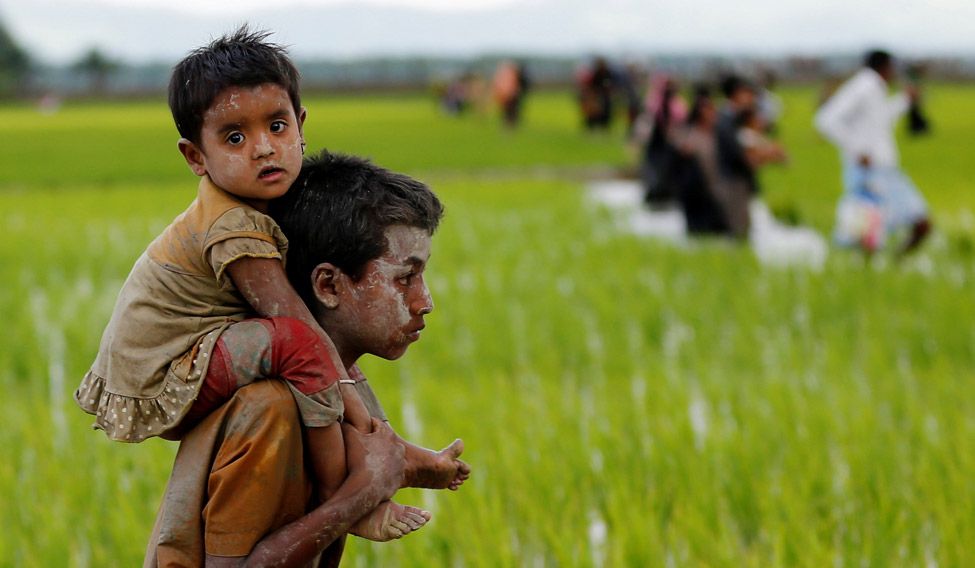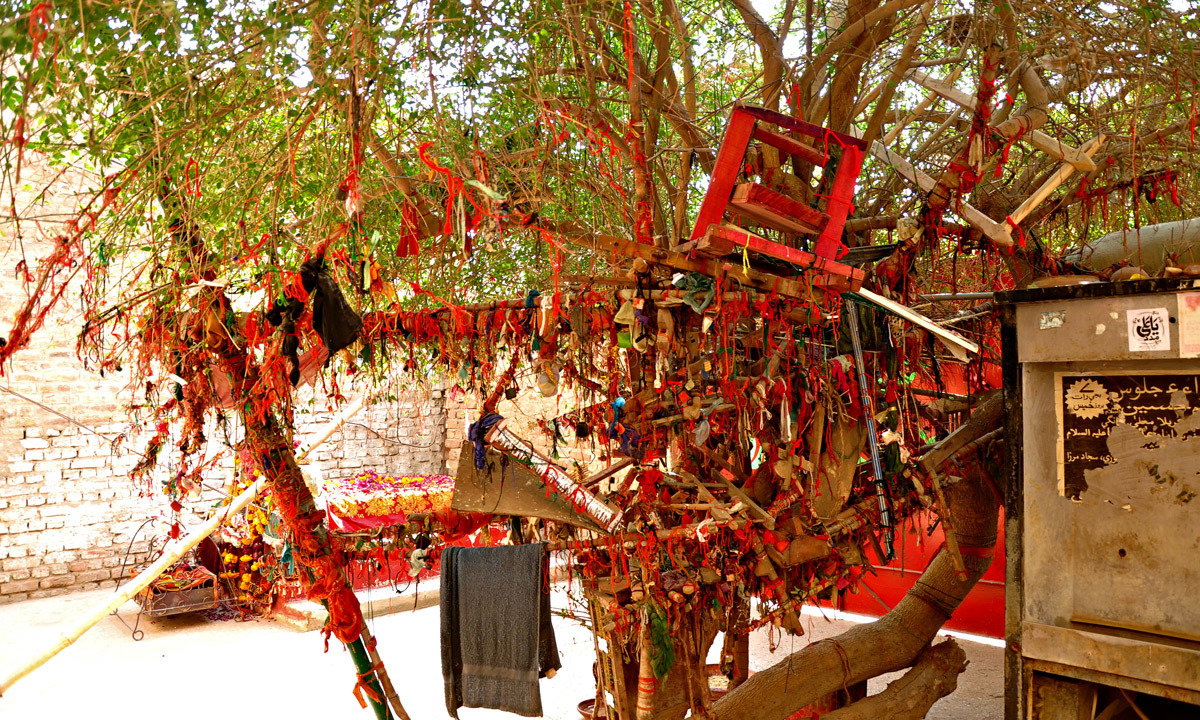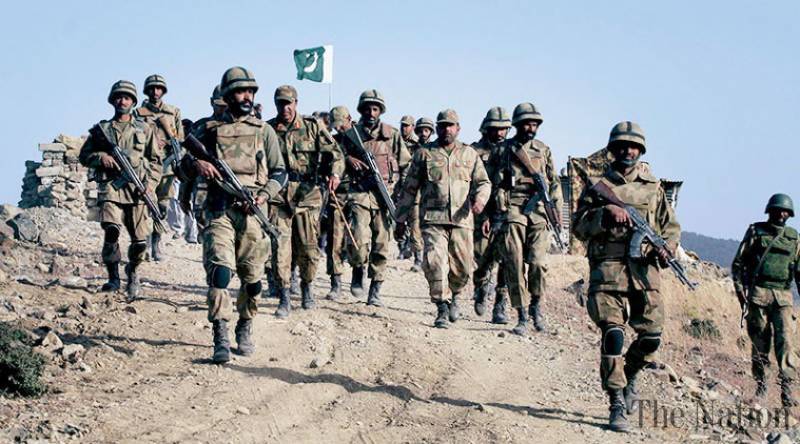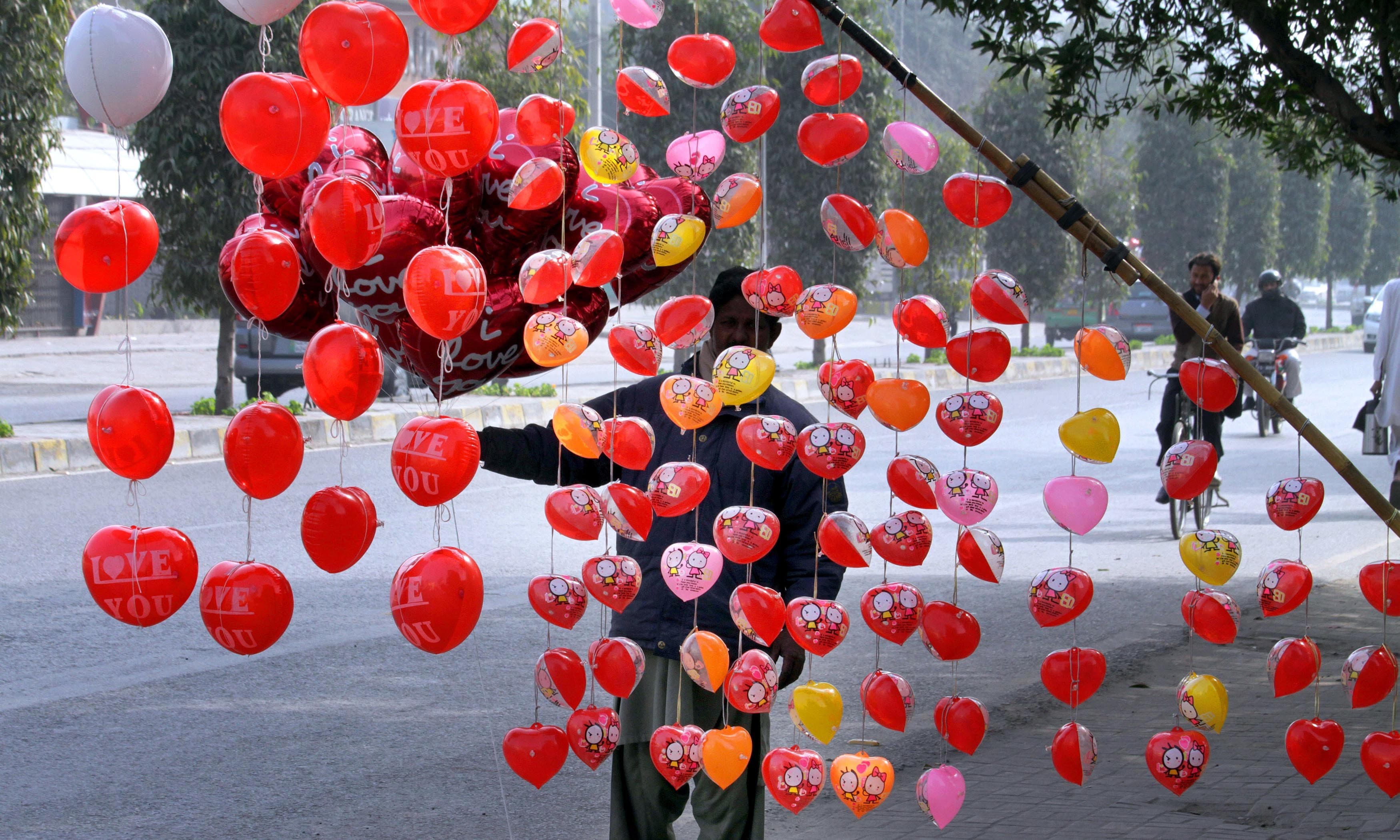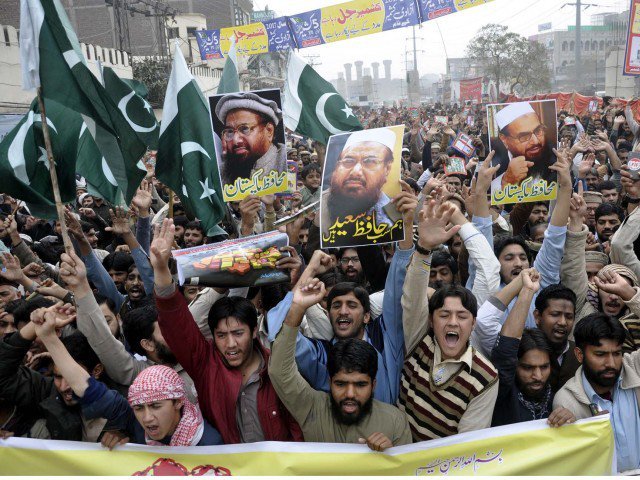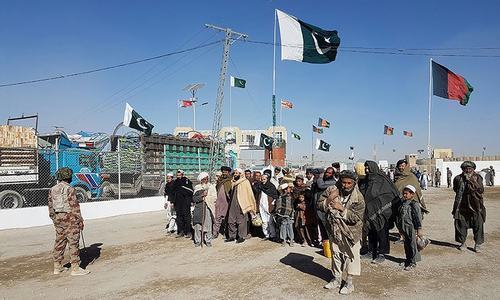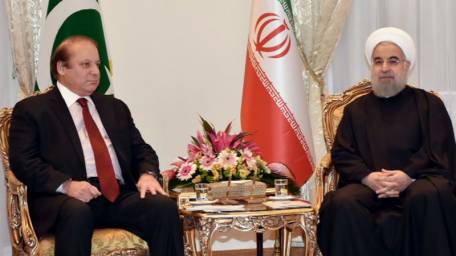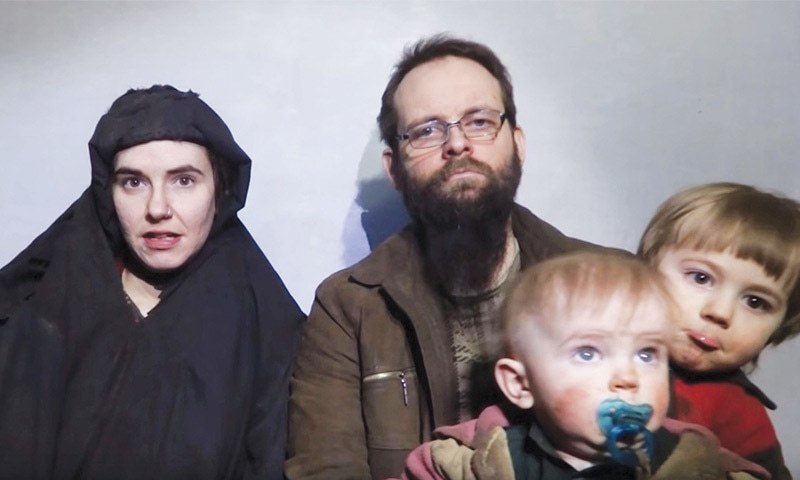
How did they survive the captivity with three children, and the loss of another one? They should have been constantly threatened and moved around? According to Joshua, Caitlan was also physically assaulted. Imagine being imprisoned with three children. The wounds are going to take a long time to heal. Hope and pray, it does. No parent deserves this
Conflict Reader # 36, 24 October 2017
CR Analysis
D. Suba Chandran
Professor
International Strategic and Security Studies Programme (ISSSP)
National Institute of Advanced Studies (NIAS), Bangalore
The story of Joshua and Caitlan – a Canadian-American couple, who got kidnapped in 2012 in Afghanistan, and got released few days before in Pakistan has all the plot to feed into a next Hollywood movie from the region. They got kidnapped by the Huqqani group in 2012, gave birth to four children during captivity (unfortunately, one died), transported into Pakistan and finally released during the second week of October.
What was the couple doing in Afghanistan? And why did it take so many years for the US to get them released? Why couldn’t their release been negotiated earlier, when there were other individuals who got to walk free? Given the fact, the couple have children, shouldn’t they been the priority for the Afghan, American and Canadian governments? Finally, was there a military operation in the Pakistani soil, or they were released after a settlement between Pakistani agencies and the Huqqanis?
The Victims: Caitlan and Joshua
A common question in the media on the couple has been: what were they doing in Afghanistan?
It is fairly clear by now that Caitlan Coleman and Joshua Boyle (former from the US and the latter from Canada) were a part of numerous adventure trips before they went into Afghanistan. Whether they were interested in “cultures that under developed” (as claimed by Caitlan’s mother) or not, they were touring
Guatemala, Russia, Kazakhstan, Tajikistan and Kyrgyzstan after their marriage in 2011. In retrospect, it appears, it was a bad idea to undertake a backpack trip into Afghanistan, when Caitlan was seven months pregnant.
And then, according to reports, they got kidnapped by the Taliban, presumably by the Huqqani network. What happened after that – the story would unravel in the next few weeks, as the couple and children get back to the US/Canada and recuperate to tell their story.
And what a story it would be! How did they survive the captivity with three children, and the loss of another one? They should have been constantly threatened and moved around? According to Joshua, Caitlan was also physically assaulted. Imagine being imprisoned with three children. The wounds are going to take a long time to heal. Hope and pray, it does. No parent deserves this.
And then there is another conspiracy story about Joshua. He was married, through briefly to the sister of a prisoner who was in Guantanamo. He was her third husband, and the latter was suspected to have links with Osama bin Laden. Some stories tell that he wanted to convert. There are reports about his house being attacked in Canada for getting married to her. Joshua’s first marriage would remain a mystery, unless he tells the story himself. Until now, no one was interested. Now the kidnapping would make it.
The American and Canadian intelligence agencies apparently have gone through this issue ever since their kidnapping. Perhaps, this is a case of naivety; many in Europe and North America do share the burden of studying the “underdeveloped cultures” and uplift them. Whether it is based on religious values or secular, this section does exist. And will continue to do so as well.
The Rescuers: US and Pakistan
According to available reports, there was credible American intelligence made available to the Pakistani security forces, resulting in latter taking actions to secure the release of the couple and their children.
The issue is not that simple. Though the agencies involved in the release needs to be congratulated for a commendable job, there are serious questions. Why couldn’t the US, with all its technological might could not find the couple and the children earlier. It is difficult to accept, the Americans could track them only in 2017.
Perhaps, the American agencies should have been tracking them since 2012; but, the release of an American-Canadian couple, with latter suspected of having links with Guantanamo prisoners, perhaps was not their priority. With all their might in Kabul, they could have secured their release earlier within Afghanistan.
Even if they did not have links in Kabul, they could have used the Doha connection to release the couple and their children. Few Americans did get released earlier through the Doha and Kabul connections.
Realpolitik. How else can one explain?
For Pakistan, the release coincided with a visiting US delegation led by Lisa Curtis. For Pakistan, it was important to impress the delegation, and through them a mega US delegation forthcoming led by none other than James Mattis. Pakistan is keen to reset the relationship with the US, and more importantly to impress the American public opinion.
The release of an American-Canadian family with their children should have been a great photo opportunity. But there are serious questions for Pakistan.
First, were the couple and children “secured” by an operation, or “released” by the Huqqani group, who is believed to be their captor? This is important, for the first one would suggest a positive and affirmative action by the security forces, and the latter a collusion.
Second, the place from where the abducted family was secured/released. Did it happen, as they were crossing into Pakistani territory in the tribal areas of FATA, or did it happen in the settled district of Kohat in Khyber Pakhtunkwa? The intelligence agencies in Pakistan seem to highlight the former, while news reports from Pakistan indicate the latter. According to an ISPR statement, “US intelligence agencies had been tracking them and shared their shifting across to Pakistan on 11 Oct 2017 through Kurram Agency border. The operation by Pakistani forces, based on actionable intelligence from US authorities was successful.” Clearly, the statement hints about the episode-taking place in the border.
Media reports suggests otherwise. According to available reports, drones were repeatedly spotted in the area where the abducted family was finally recovered. This would suggest a strong and irrefutable intelligence by the Americans that the Pakistani intelligence agencies could not refute, other than help secure the process.
Perhaps, for Pakistan the operation would help build its own image vis-à-vis the US; an American delegation led by Lisa Curtis was visiting Pakistan, when the hostages were secured/released. There is no proof to link the two, but a strange coincidence it is.
Third is a larger question: why would the captors bring their victims into Pakistan, after kidnapping them in Afghanistan five years ago? And when did they bring them into Pakistan? Once the dust settles, and the kidnapped couple starts speaking, one could get to know more about how they were kidnapped by the Huqqanis in Afghanistan, and transported into Pakistan. It would also reveal the safe havens that the group and its affiliates have with Pakistan.
The Perpetrators: The Huqqanis
Why would the Taliban, in this case the Huqqani group kidnap a couple and keep them for five years. If they have kept hostages for a long period, obviously they should have thought about making use of them. It is not easy for a militant group to hold a family with children for five years. They had to be taken care of, and also moved around to escape from the intelligence agencies.
And why did they move from Afghanistan into Pakistan? Did they feel it is easier to manage their hostages in Pakistan?
Joshua has accused of physical assault of Caitlan by the Taliban; the latter has denied it. But, why would they kidnap a pregnant woman, and worse retain the couple with their families? There cannot be a worse crime and horror than this, whatever may be the cause one is fighting. The society both in Pakistan and Afghanistan should condemn and outcast the perpetrators.
This is not acceptable.
The above commentary was first published in Rising Kashmir.
